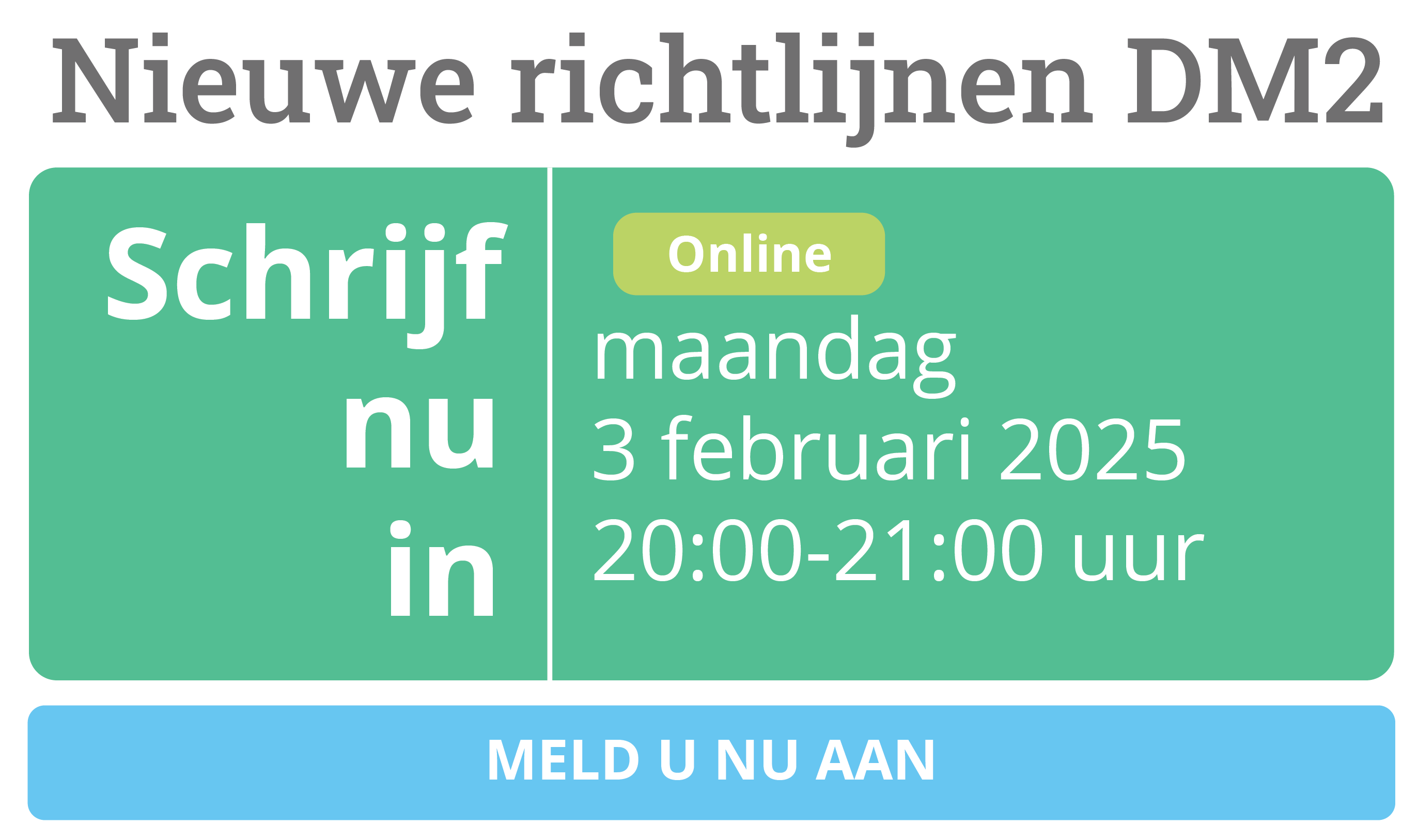OBJECTIVE
To measure the acceptability and diagnostic accuracy of commonly used depression screening measures to determine ideal cutoff scores that sensitively identify depressive disorders in adolescents with type 1 diabetes (T1D).RESEARCH DESIGN AND METHODS
One hundred adolescents (12–17 years old) completed a reference standard, semistructured diagnostic interview and both long and short versions of five commonly used depression screening measures in the United States. To assess feasibility and acceptability, we used screener completion time and participant ratings, respectively. We used descriptive statistics, area under the receiver operating characteristic (ROC) curve analyses, and paired-sample area differences under the ROC curve to assess each measure’s diagnostic validity against our reference standard and to determine ideal cutoff scores for this sample.RESULTS
Adolescents had a mean age of 15.0 ± 1.7 years, time since T1D diagnosis of 6.0 ± 4.1 years, and glycated hemoglobin (HbA1c) of 8.9 ± 1.8%. Sixty percent of adolescents were male, 15% endorsed a current depressive disorder, and 15% endorsed lifetime suicidality. Measures demonstrated low sensitivity (0.33–0.67) to detect current depressive disorders using preexisting cutoff scores. However, adjusted cutoff scores increased sensitivity and reduced false negatives. All depression screening measures demonstrated “good” to “excellent” predictive validity, and the Children’s Depression Inventory-2 Short version demonstrated significantly greater diagnostic accuracy than the Patient Health Questionnare-2 item version for adolescents.CONCLUSIONS
Clinics should consider using screening measures with the greatest diagnostic accuracy as identified in this study and adjusting measure cutoff scores to increase sensitivity and reduce false negatives.



